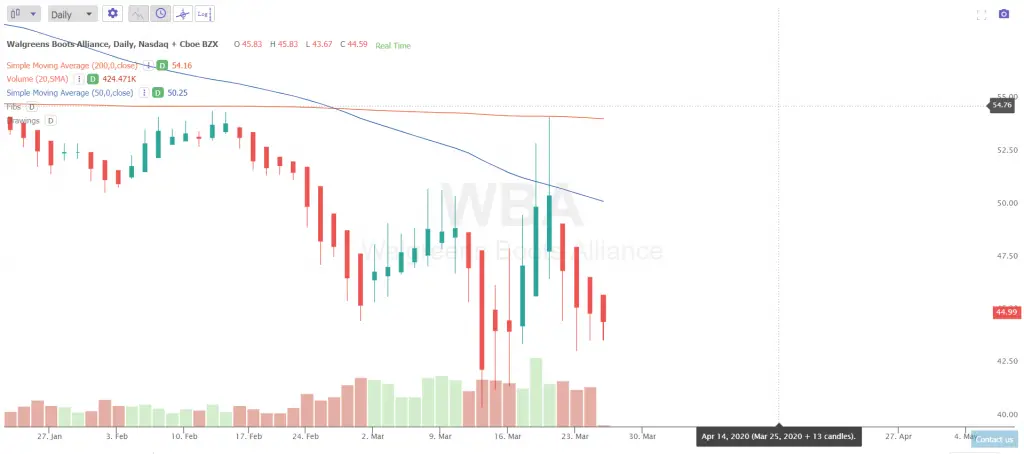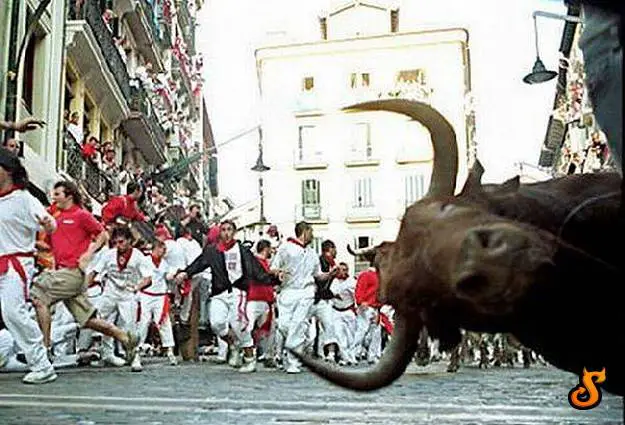In trading, a ‘Bull Trap’ is considered a rally in price that creates a false momentum signal to go long because the downtrend looks like it is over and reversing back to an uptrend in price but it is a false signal and the market returns to a downtrend trapping longs who then need to sell to get out at a loss.
It is called a trap because the bullish signal causes traders to enter because they think the downtrend is over, but it is not and they are then trapped in a long position that went against them quickly.
Other traders get caught in a bull trap simply because they have a fear of missing out on a new uptrend so they buy the first rally too early.
Bull traps look very convincing in real time as the potential end of a current downtrend. Bull traps can also be called a ‘Whip Saw’ due to the speed of them moving up and then quickly back down against the buyer.
- A bull trap is a strong enough price reversal during a downtrend to lure in buyers that end up on the wrong side of long term price action and then experience unexpected losses as they hold their positions or stop out.
- Bull traps happen when more buyers don’t follow through on the upswing to support the rally and price breaks back down lower.
- Traders have better probabilities of avoiding most bull traps by waiting for an additional confirmation signal and follow through after a reversal, gap up, or breakout or with a confluence of other technical signals.
- A bear trap is the opposite of a bull trap when short sellers are trapped at lower prices and the trend reverses quickly back up.
Bull traps usually occur during bear markets, earnings announcements, or news events when moves to the upside are short lived on a chart.
The Walgreens chart is an example of a Bull Trap on rallies back to the 200 simple moving average before resuming the trend downwards.

